Metallurgy, design and manufacturing of cast components

Overall Course Objectives
The students will learn to understand relations between metallurgy, design, casting processes, thermal conditions and properties of cast metal components.
The students will learn fundamental design rules and construction of production lay-outs.
The course focus on fundamental metallurgy related to solidification of metals aimed at experimental and theoretical analysis of casting processes. Solidification metallurgy is taught as a generic discipline and can be used in other processes such as welding and 3D metal print, too.
Learning Objectives
- Design cast components
- Select the right combination material and process for manufacture of cast components
- Describe how design and casting process determine final properties of a cast component
- Use fundamental models to analyse the physical and chemical processes that take place when metals solidify
- Use fundamental mathematical models to analyse the thermal and physical processes that take place in metal and mould in the casting process
- Carry out simple analytical modelling/analysis of heat transfer in castings
- Be able to dimension feeding and gating systems for castings
- Analyse castings and describe the physical phenomena that leads to defects in castings
- Use process modelling software to analyse casting processes
Course Content
Lectures: Casting and welding metallurgy – nucleation and solidification, formation of microstructures and heat treatment; Process technology – important casting processes, calculation of gating and feeding sytems, desing of lay-outs; Heat transfer – simple analytical solutions, Chvorinovs rule, casting in permanent moulds; Design of castings – tolerances, dimensioning, complex geometries, die and pattern design.
Exercises: are closely related to the lectures and gives the students an opportunity to learn some of the fundamental issues that are dealt with in the theory.
Teaching Method
Lectures and exercises.



